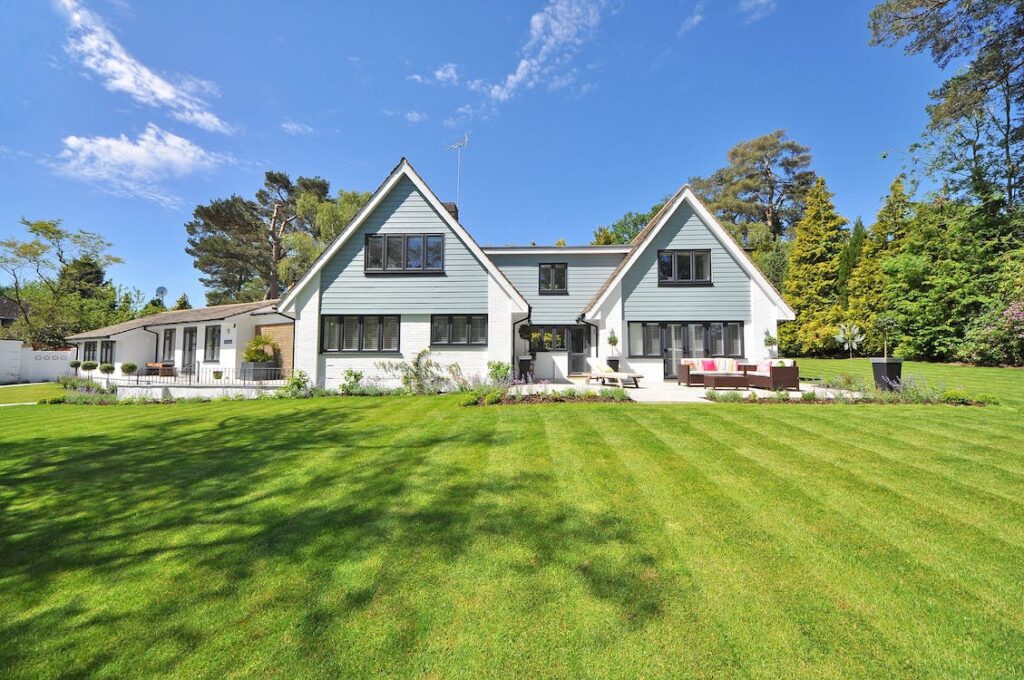Homeowners in Palo Alto Challenge ‘Historical’ Designation Plans
In neighborhoods like Professorville, Crescent Park, and Downtown North, residents often feel a palpable sense of Palo Alto’s rich history. Many homes in these areas date back to the city’s formative years and are living relics of architectural trends that shaped the city’s identity over the decades.
However, not all residents are on board with the city’s ambitious plans to expand its historical registry, adding numerous homes from these neighborhoods—and others—to the list. The issue is coming to a head on November 9, when the city’s Historic Resources Board will meet to consider nominating a whopping 68 local buildings. These buildings are unique not only for their architecture but also for their association with significant events in the city’s history. During the meeting, the board will assess each building’s historical merit against the current wishes of its occupants—a balance that has proven tricky to achieve, as evident from recent community forums.
This November 9 meeting is particularly noteworthy because the 68 buildings slated for discussion represent the largest single group of potential historic properties the board will review in a three-month timeframe. Following this, on December 14, the board will turn its attention to 38 other properties that have already been identified as potentially significant either for their architectural style or their connection to important events. And on January 11, the board will consider an additional 41 properties, recognized for their association with historically important individuals.
The series of meetings highlights the complexity and the urgency of the city’s efforts to update and expand its historical registry. While the aim is to preserve architectural and historical gems, the process also forces a reevaluation of what history means to a community, especially when the wishes of property owners don’t necessarily align with the city’s preservation goals.






